Energy Gels are typically designed specifically for long distance sports performance. As you progress into extended periods of training and racing the nutrition that you take on board is also one of the many things that you’ll need to change. Gels are engineered to replenish the fuel your body needs to perform at peak levels.
Whole food sources such as bananas and energy bars are the obvious choice to take with you while on the move, but they’re not always the most suitable things to be eating. If you are eating solid food, more blood flow gets diverted to your gut to aid with digestion. When resting this is fine, but when you are running, cycling, swimming or working out and particularly at a higher intensity, you compromise the amount of blood flow that your working muscles can receive. This makes you unable to either keep up the work rate, or you risk having the food sit heavily in your stomach waiting to be digested.
Gels empty quickly from your stomach and provide a fast source of energy. Most are purely carbohydrate, and unlike solid foods such as energy bars, bananas or flapjacks, do not contain anything to slow the energy release down such as fat, protein or fibre.
Gels were once used exclusively by long distance endurance athletes, but are now widely used in a broad range of disciplines, watch any major sporting event on TV today. Tennis, football, rugby players are regularly now seen consuming energy gels, turn the clock back 10 years and this was rarely seen. We also see energy gels tucked into children's backpacks as a special treat for their lunch or during recess.
But energy gels can be one of the more confusing elements of sports nutrition and given gels differ from “regular” food in, it’s no wonder – but they do not need to be feared.
You should look for a gel offering a smooth texture and light flavour which allows for easy consumption and absorption in the body. Most offer a blend of two carbohydrates - maltodextrin & fructose, to deliver efficient energy into your bloodstream when your system needs it the most. These two carbohydrates are easy to digest, fast acting and quickly convert to glucose (energy sources).
WHAT MAKES A GOOD ENERGY GEL?
The source of carbohydrate is important. For a healthy balanced diet and sustained energy levels throughout a working day, we usually talk a lot about using low GI carbohydrates. These typically come from wholegrain food sources, and give a steady release into the bloodstream over a number of hours.
During exercise however, the rapid demand for energy means that high GI carbohydrates are preferred. These are delivered much faster into the bloodstream and help you to keep up with the demands of your activity.
Look out for maltodextrin, it’s common in most gels and the reason you want it in your gel is that it’s a glucose polymer. This means that it is made up of chains of glucose molecules, and has a high GI, meaning that the energy is available quickly. Ideally you need your gel to be made of a maltodextrin that empties quickly from your stomach and doesn’t create stomach issues.
Fructose is a common inclusion in many gels, this is because it is absorbed via a different pathway to glucose, increasing your potential carbohydrate intake from 60g maximum per hour to 90g per hour. The issue is what happens to the fructose once it is in your body, and how it can be turned into a fuel source that your muscles are able to use. This process takes some time and can be up to as long as 90 minutes from when you ingest it to when it is able to enter your muscles and be converted into energy. Therefore it is not ideal to be reliant on fructose as a source of fast energy.
Fructose and glucose are examples of simple sugars, which increase the concentration of a gel or drink, so you will need more water with it for it to be absorbed optimally. This can create an increased risk of causing GI distress, mainly for two potential reasons. Firstly if you don’t take enough water with your gel it will sit heavily in your stomach, as the emptying process will be delayed. Secondly, simple sugars feed the bacteria in the gut, this can result in more gas being produced which can cause bloating and cramps.
The Xendurance gels include a dose of calcium lactate, the bodies preferred fuel over glucose. As we all know, if you exercise or exert your body in anyway - you require energy. Approximately a third of your total carbohydrate energy is from lactate, the rest is from blood glucose and muscle glycogen.
Lactate is the body’s preferred fuel over glucose. Your body will use lactate first. The more lactate you use during exercise, the less muscle glycogen you have to use, which means your glycogen stores will last longer and this equates to more energy. Lactate is used in many Xendurance products to provide efficient energy throughout your workout or activity. To check out the Xendurance Energy Gels, please click here.


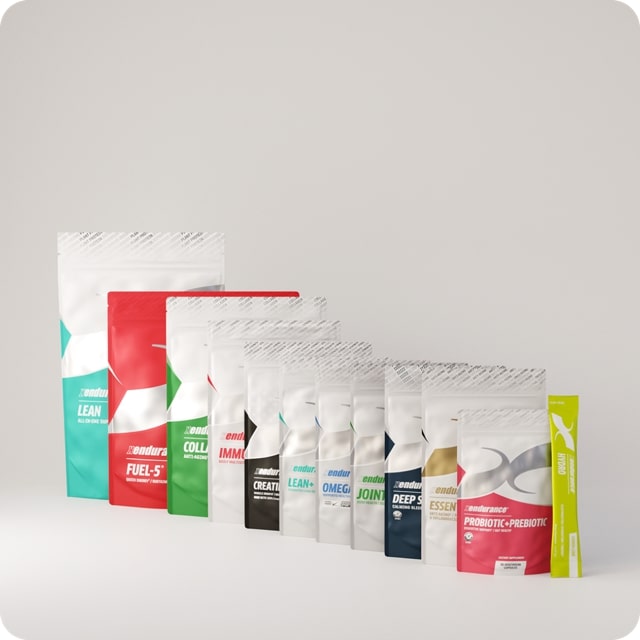
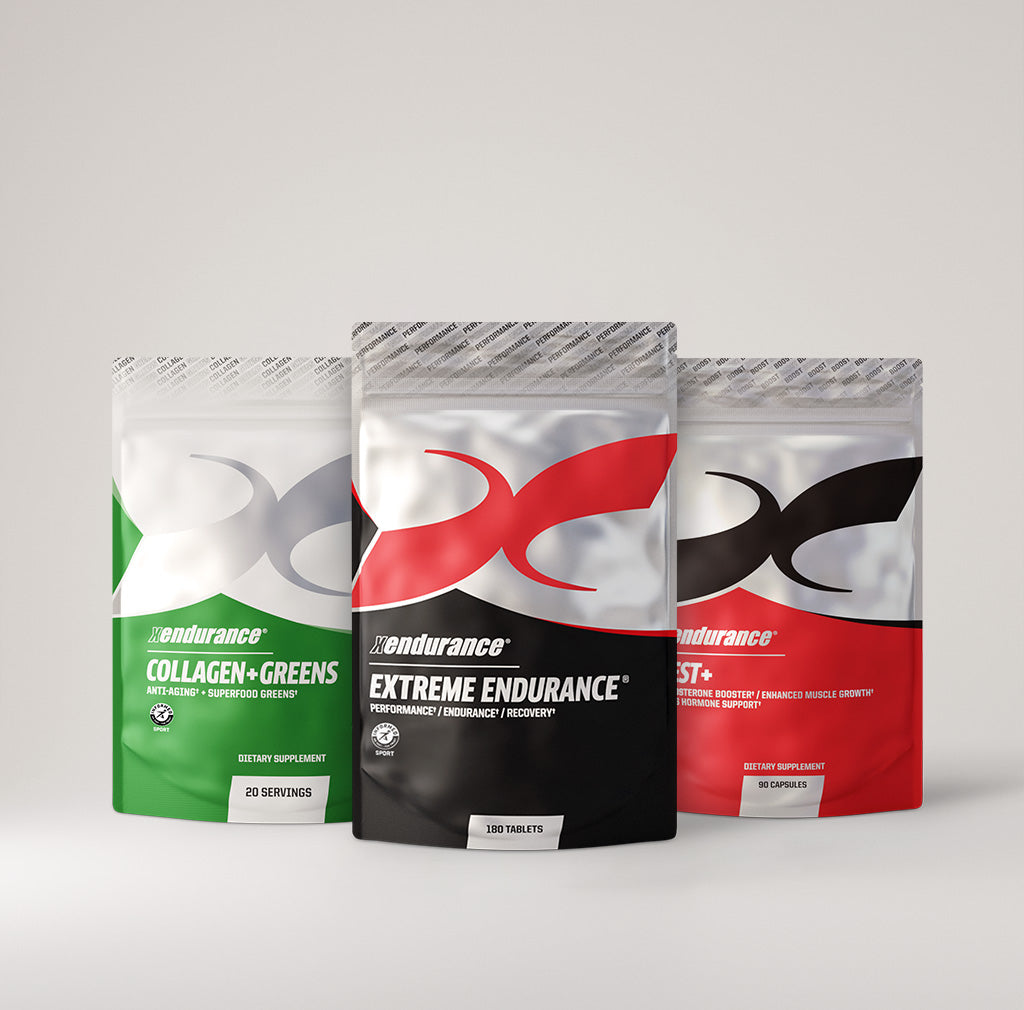
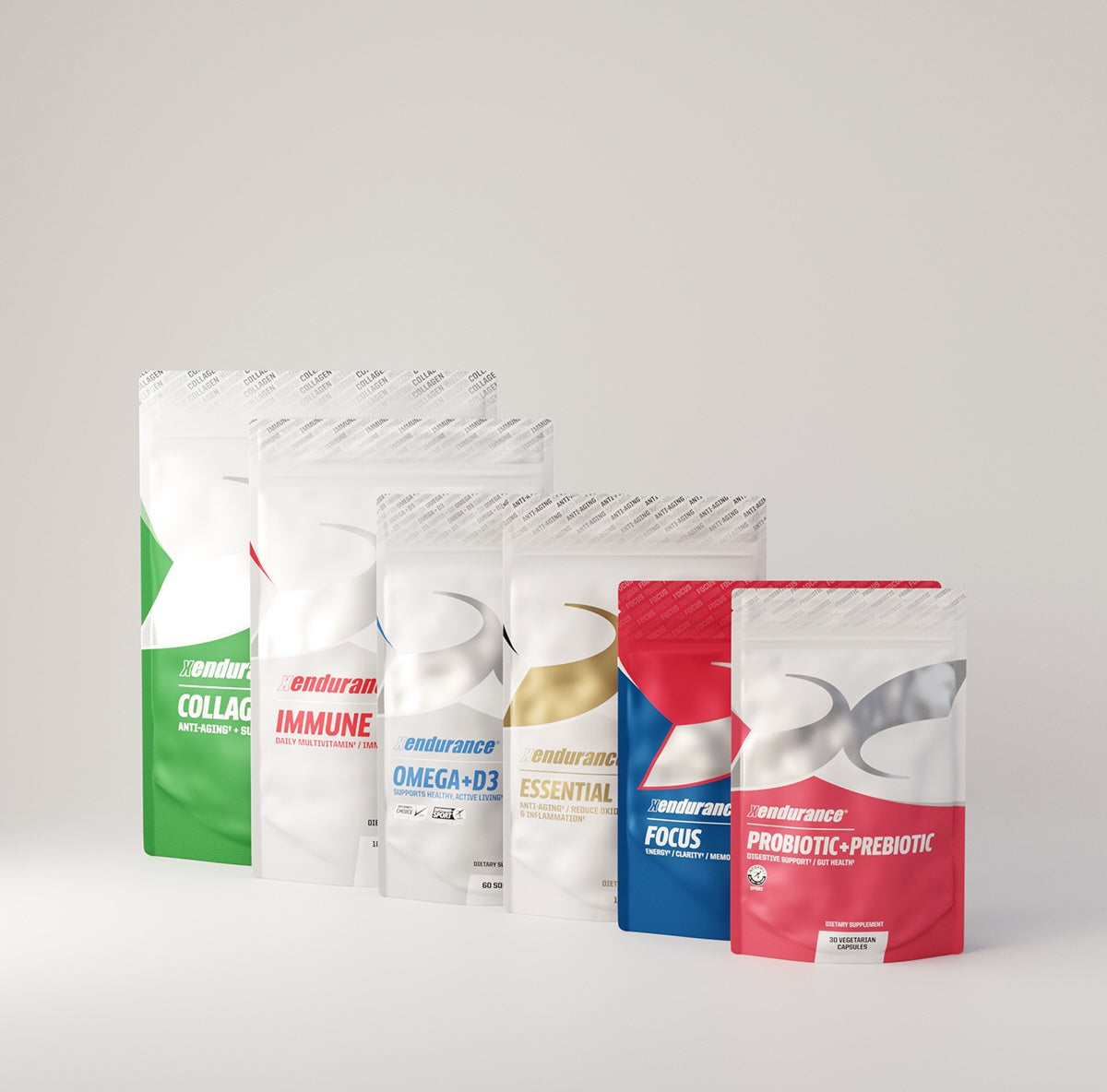
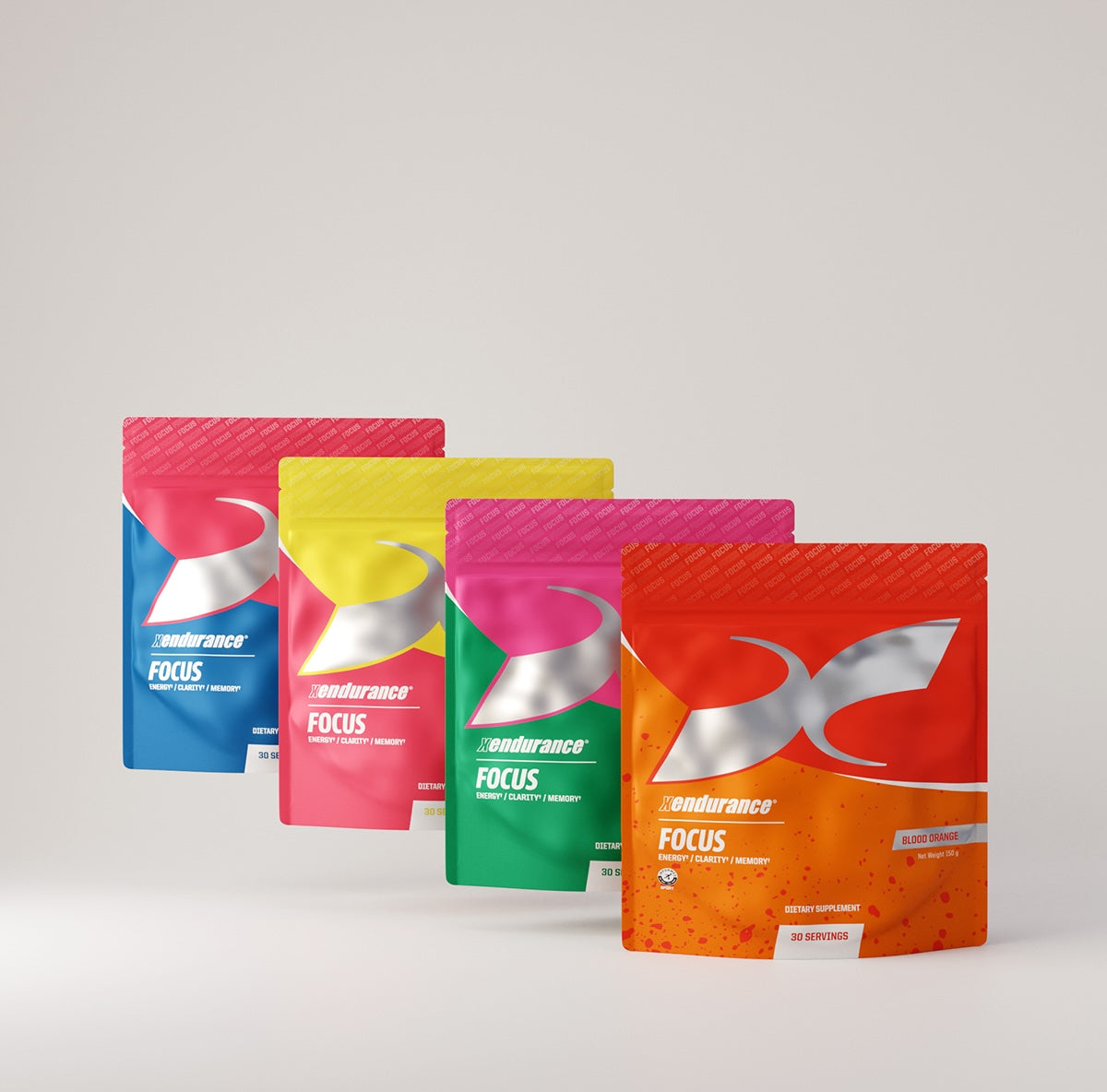
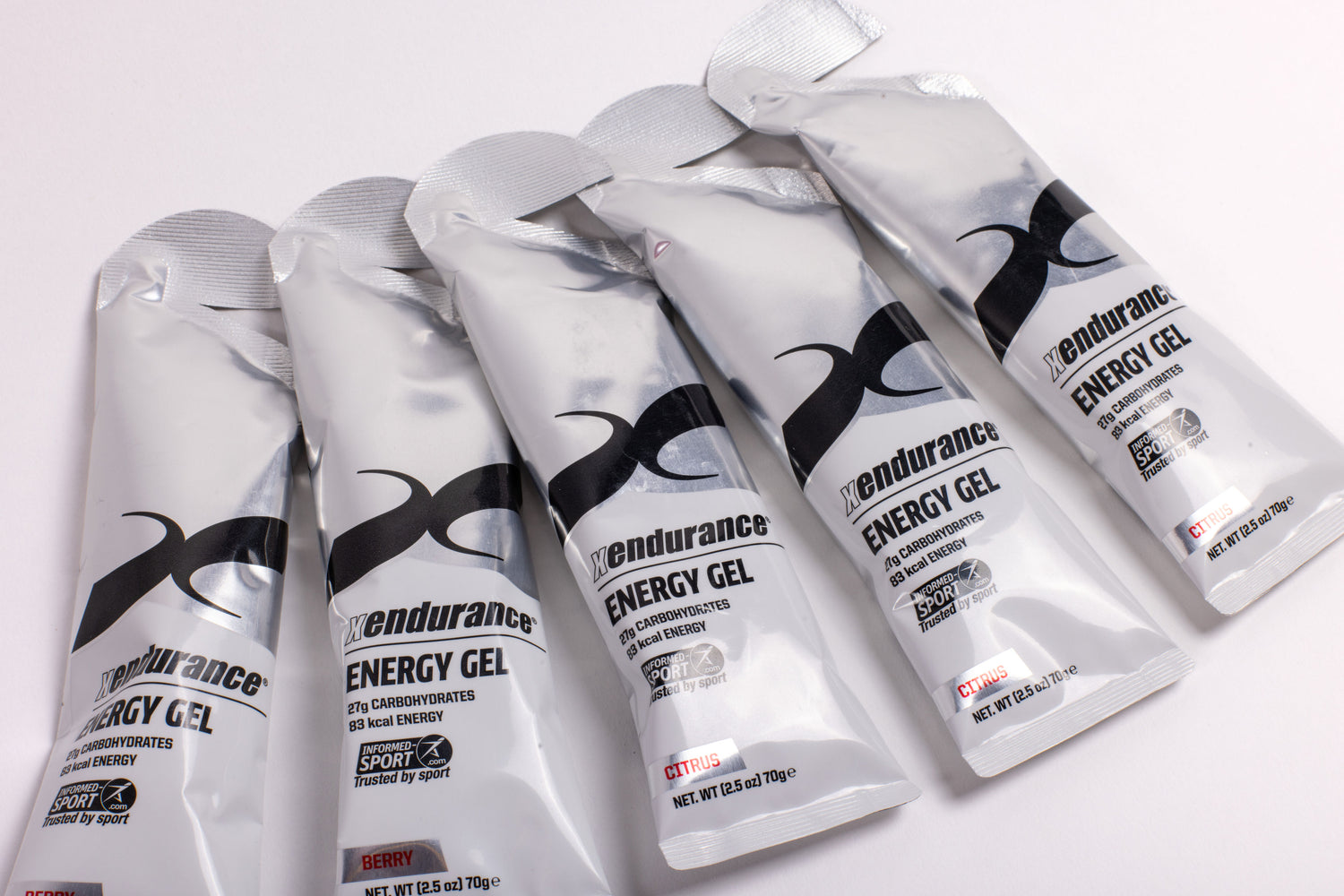

Leave a comment
This site is protected by hCaptcha and the hCaptcha Privacy Policy and Terms of Service apply.